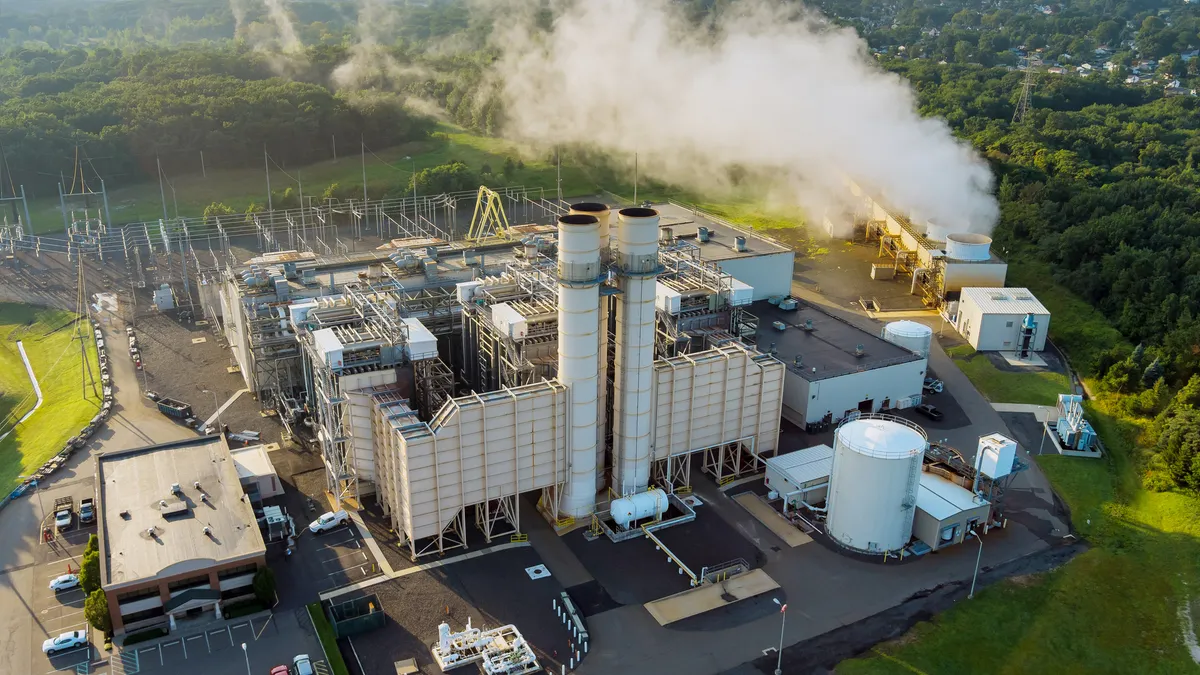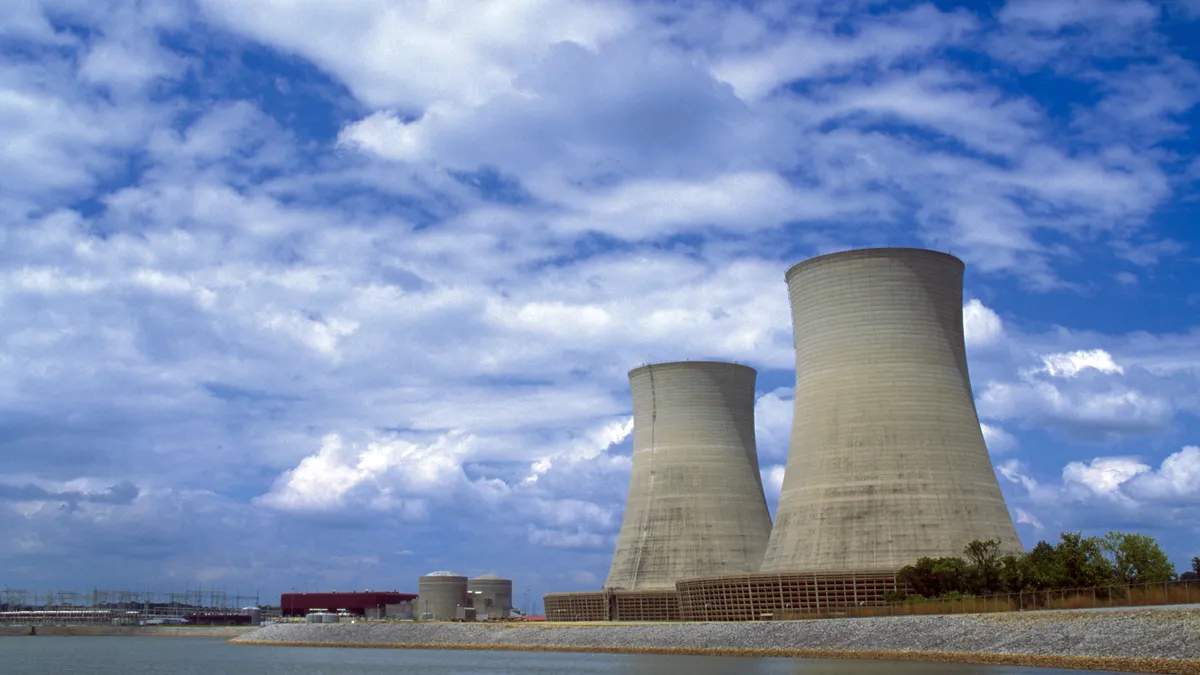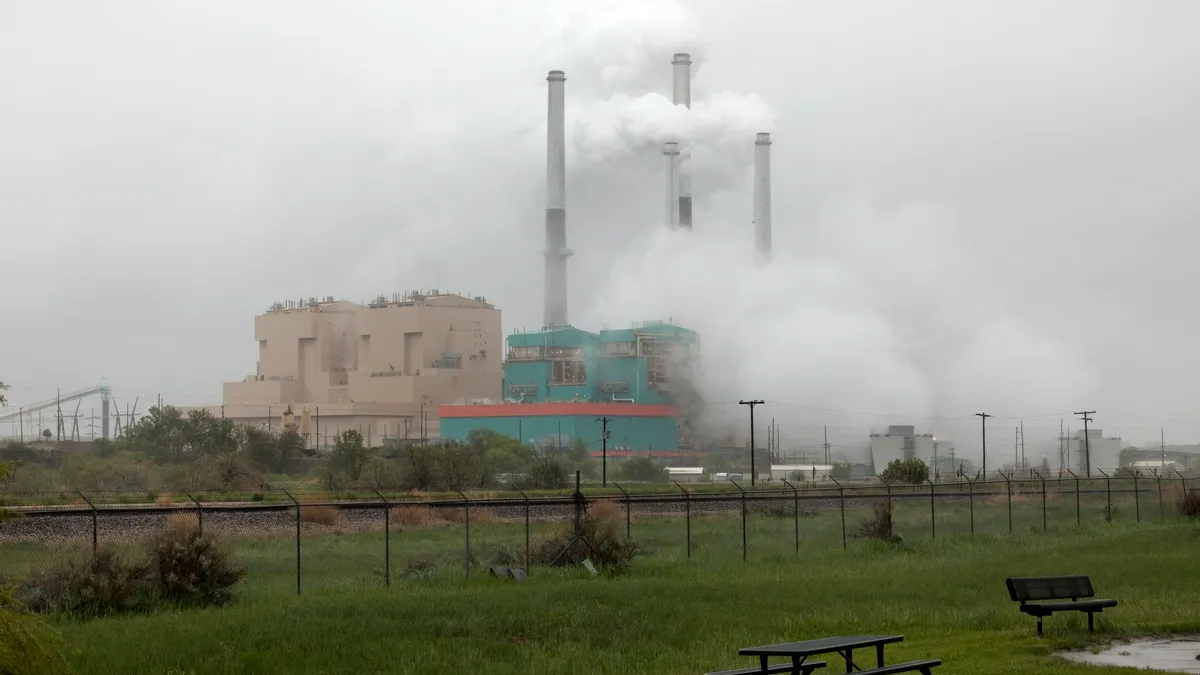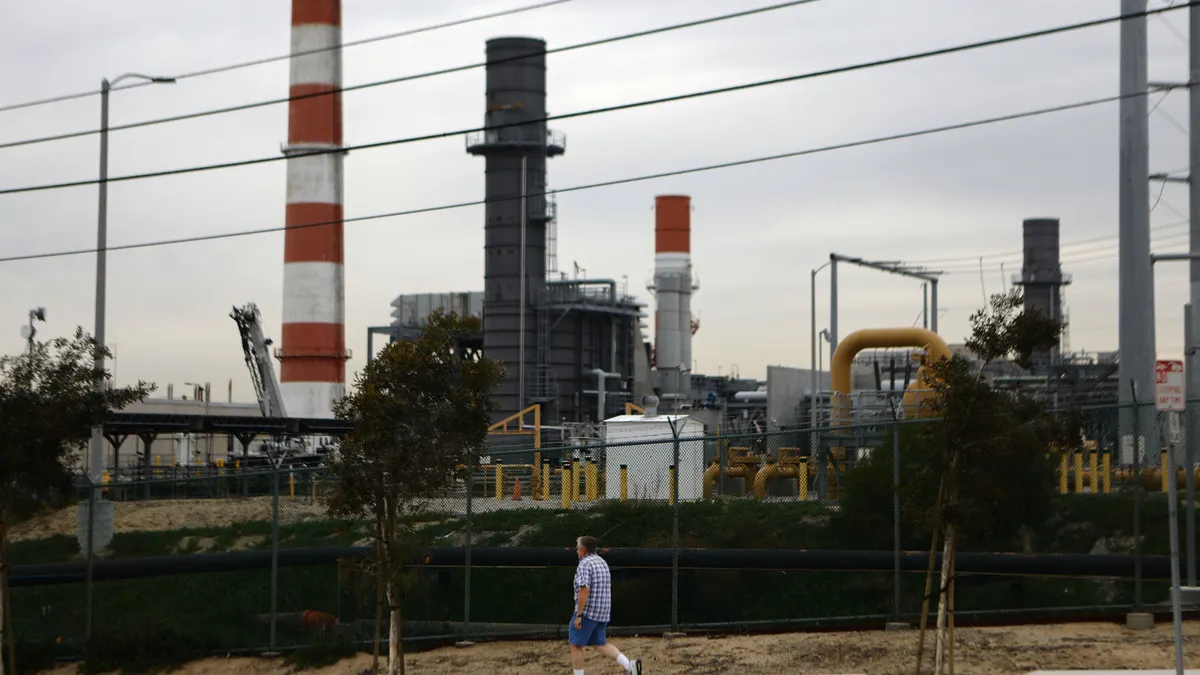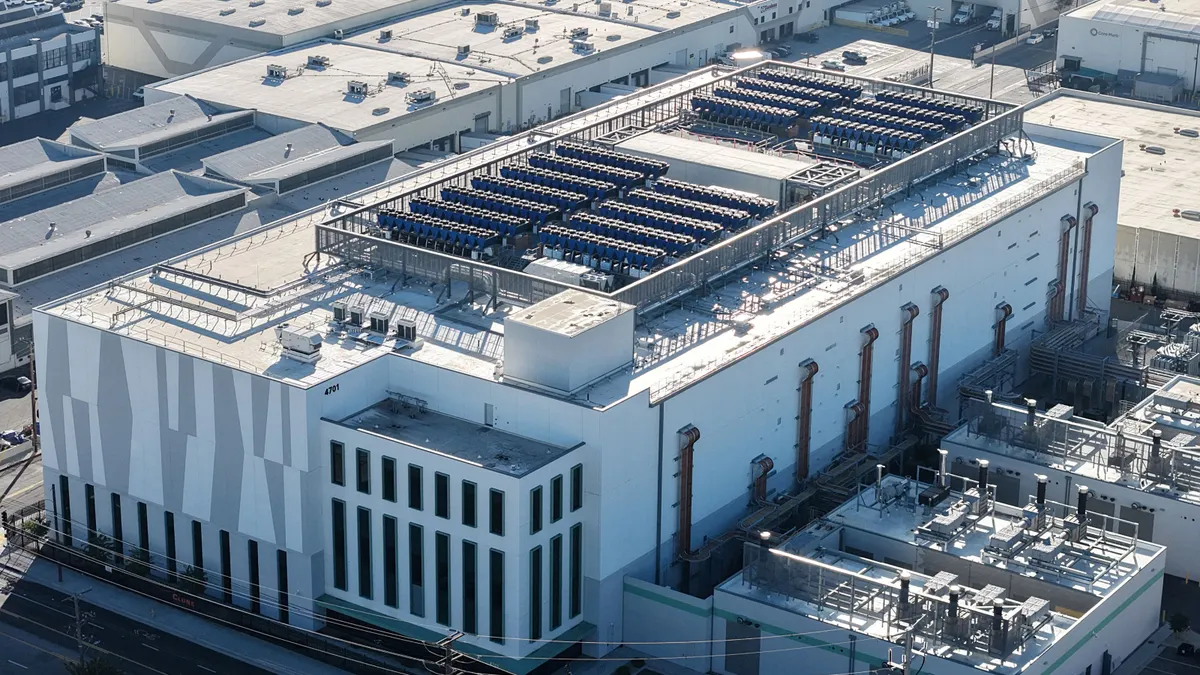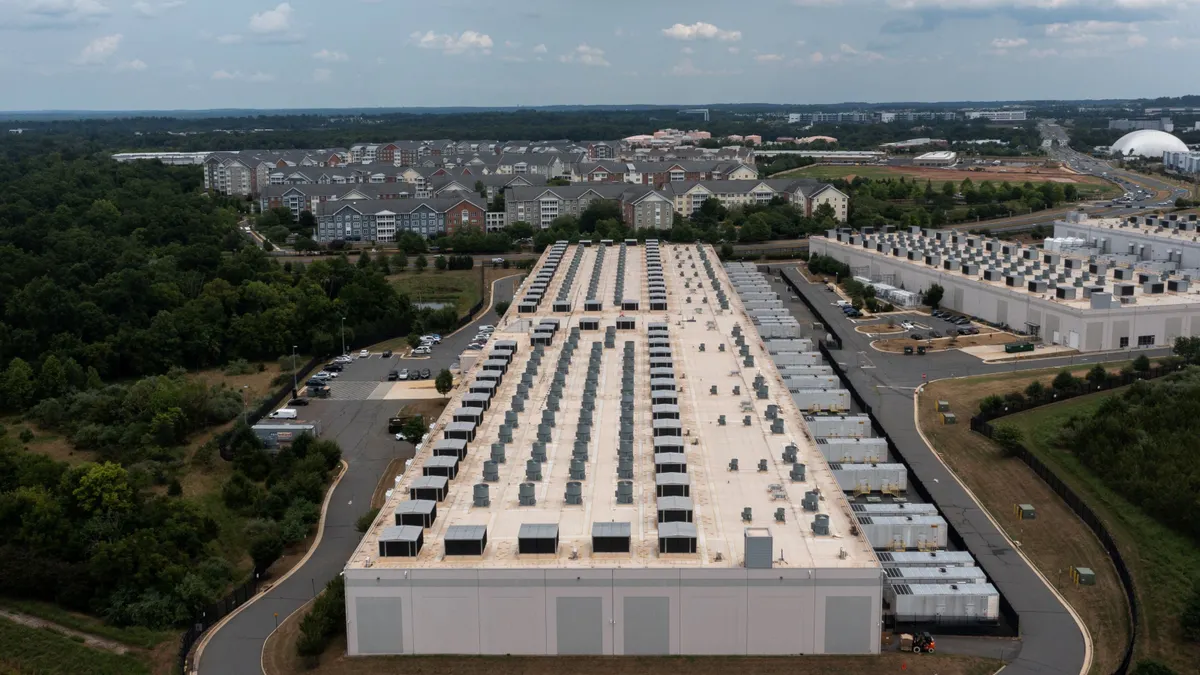Brigham McCown is a senior fellow and director of the Initiative on American Energy Security at the Hudson Institute and a former federal regulator.
The cost of energy significantly influences nearly every aspect of our daily lives, from electricity and heating bills to manufacturing, transportation and the overall cost of goods for both large and small businesses.
When energy prices rise, they drive inflation and ripple through the economy. Affordable energy is the secret sauce that powers every economy. Those with an abundance of energy prosper, while those experiencing energy poverty experience weakness and decline. As such, fostering a secure, affordable and reliable energy supply remains a cornerstone of any credible economic strategy.
Among all fuel sources, natural gas has emerged as a central pillar of American energy leadership. Over the past two decades, the rise of domestic natural gas production has provided both economic and geopolitical advantages. Today, natural gas is the country’s largest source of electricity generation, and its abundance has kept costs manageable for consumers and businesses alike. Households that rely on natural gas for heating, cooking and water heating save $1,132 on average annually compared to those using electricity.
This transformation did not occur in a vacuum. Policy decisions made in the early 2000s, combined with private sector innovations in horizontal drilling and hydraulic fracturing, helped unlock vast reserves, particularly in the Appalachian Basin and the Permian region. Supportive federal regulatory policies enabled infrastructure development and improved market access, contributing to the rapid deployment of natural gas resources.
The U.S. Department of Energy has tracked this conversion, and the results are clear. Natural gas electric generation has tripled since 2000, growing from roughly 600 TWh to over 1,800 TWh, while coal-fired generation has declined from 2,000 TWh to around 700 TWh.
This market-driven shift has significantly lowered emissions and costs, enhancing both environmental and economic outcomes. The International Energy Agency found that U.S. domestic natural gas production helped lower energy prices for consumers by up to 60% during the first half of 2023. At the same time, energy growth has not kept pace with America’s growing appetite for energy to power data centers and artificial intelligence.
While market conditions fluctuate due to weather, global events and supply chain dynamics, natural gas has consistently offered competitive rates compared to other legacy fuels. Last year marked the first full year in which U.S. Henry Hub spot prices for natural gas averaged below coal on an annualized basis — underscoring the broader market shift toward cleaner, more efficient energy sources.
This market transition, however, is not without controversy. In a recent lawsuit, the Texas attorney general alleged that institutional investors colluded to “artificially constrain” the coal market, contributing to its decline.
Despite these assertions, coal producers themselves have repeatedly identified natural gas, not market manipulation, as the primary reason for reduced demand. For example, CONSOL Energy’s 2019 filing cited lower gas prices and increased gas plant capacity as key pressures facing coal-fired electricity. Peabody Energy said in its last annual report that “gas-fueled generation has displaced and could continue to displace coal-fueled generation.” The chief commercial officer at Texas-based microgrid provider Enchanted Rock, similarly stated: “The continued decline in coal-fired power generation reflects a clear long-term shift towards more flexible, lower-emission and cost-effective solutions.” And the U.S. Energy Information Administration affirmed the coal producers: “Off-peak, coal-fired generation fell about 24% between 2021 and 2023, according to our data, due largely to natural gas-fired units displacing coal-fired units as an overnight source of electricity.”
Blaming external actors for a market transition that has been well-documented and publicly acknowledged by the industry misses the broader picture. U.S. energy policy should reflect the realities of the marketplace, not litigation narratives. Competitive pricing, supply security and system reliability are driving the energy mix.
Looking ahead, natural gas will continue to play a foundational role in achieving energy security at home and strengthening America’s position abroad. It is a vital export to allies in Europe and Asia, a backstop for grid reliability during peak demand, and a bridge fuel that complements the integration of renewable resources.
Restraining its production or access would risk raising costs, reducing reliability and undermining our global competitiveness.
Energy dominance requires a pragmatic, all-of-the-above approach — one that prioritizes affordability, reliability and strategic value. Natural gas meets all three.


